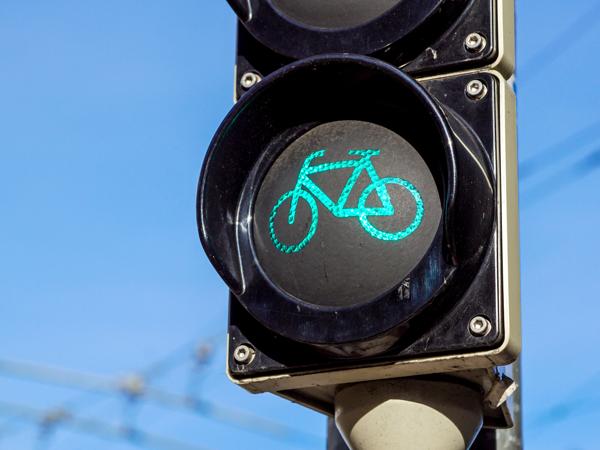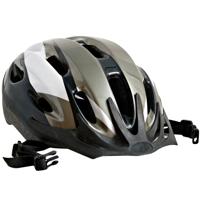Navigating the world of bicycle commuting brings not only the joy of exploration and fitness but also the responsibility to adhere to local laws and regulations. One critical aspect of cycling safety is bike lights. Illuminating our path and ensuring visibility to others are key components of safe cycling. However, laws regarding bike lights can vary significantly depending on where you live or ride. Here, we’ll explore some of the general guidelines, share specific examples, and provide some insights to help you cycle safely and legally.
General Overview of Bike Light Laws
Most regions have regulations in place concerning the use of bike lights, particularly during low visibility times such as at night or during adverse weather conditions. The primary aim is to increase visibility and safety for both the cyclist and others sharing the space.
Common Requirements
Generally, bike light laws focus on two main aspects: front lights and rear lights. Here is a brief look at what is commonly required:
- Front Lights: Many jurisdictions require a white light visible from a certain distance, usually ranging from 100 to 500 feet.
- Rear Lights: A red light, or at times a red reflector, is often mandated to ensure visibility from behind.
- Side Reflectors: While less common for lights, some areas also require wheel reflectors or reflective material visible from the side.
It’s important not just to think about the brightness or style of your bike lights, but also to consider how they comply with your local laws. Keeping a copy of the regulations handy can prove beneficial.
Example Regulations from Different Regions
Let’s look at a few specific examples of bike light laws from various regions to illustrate the diversity of regulations:
United States
The United States has no nationwide bike light laws, and regulations are usually determined at the state or local level. For example:
- California: Cyclists are required to have a white front light that can be seen from 300 feet, a red rear reflector, and pedal or side reflectors for night riding.
- New York: In addition to a white light visible from 500 feet and a red rear light, New York City mandates the use of a bell or horn for auditory signaling.
United Kingdom
In the UK, cyclists must follow the Regulations of Road Vehicles Lighting:
- Bicycles must have a white front light and a red rear light, visible from 200 meters, between sunset and sunrise.
- Rear reflectors and pedal reflectors are also required.
Australia
Australia’s regulations vary slightly between states. For instance:
- New South Wales: It is mandatory to have a front white light visible at 200 meters and a red rear light, as well as a red reflector.
- Victoria: Similar requirements exist, but focus more on reflectors rather than rear lights for certain types of bikes.
Practical Tips for Compliance
Understanding and complying with these laws is crucial. Here are some tips to help:
- Stay Updated: Regulations can change, so check frequently with your local transportation authority.
- Invest in Quality: While it’s tempting to save on bike accessories, investing in quality lights can enhance both compliance and safety.
- Regular Checks: Make a habit of checking your lights before each ride to ensure they are functioning correctly.
Conclusion
While the various bike light laws and regulations around the world might seem complex, they share a common goal: to protect you and others while on the road. By staying informed about local requirements and ensuring your bike is equipped with appropriate lighting, you contribute positively to cycling safety and community well-being.
If you have questions or need specific advice, reach out to local cycling advocates or transportation departments. Engaging with fellow cyclists can also provide you with shared experiences and practical advice relevant to your area.
Remember, your visibility is crucial, not just for staying within the law, but for your own safety on the roads. Happy cycling!




